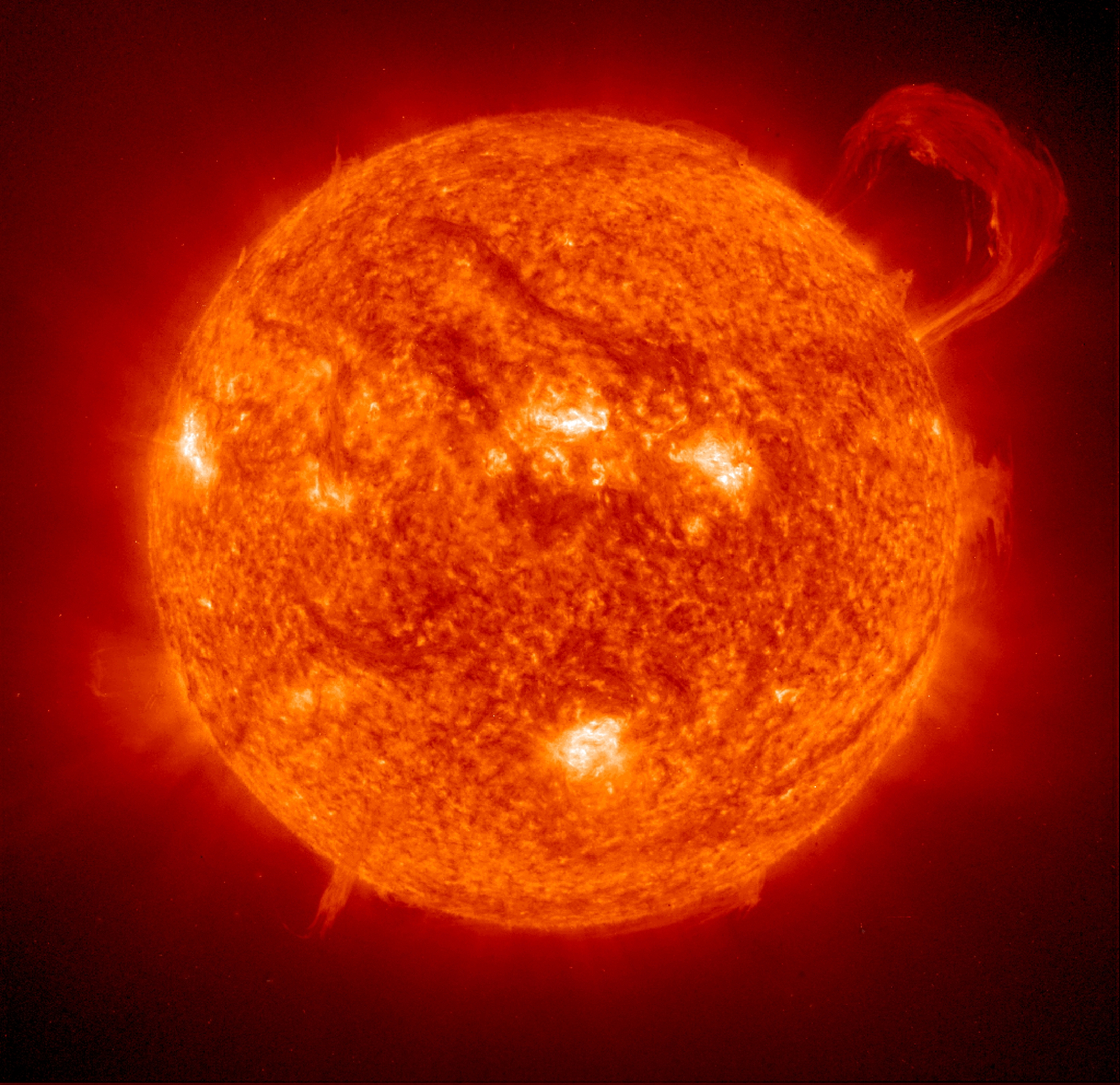Introduction
The primary science objective of the Solar Orbiter mission can be summarised in the following question: How does the Sun create and control the heliosphere. While the details of the scientific programme can be found in (Link Confluence), the top-level scientific questions addressed by the mission are summarised as below:

- What drives the solar wind and where does the coronal magnetic field originate from?
- How do solar transients drive heliospheric variability?
- How do solar eruptions produce energetic particle radiation that fills the heliosphere?
- How does the solar dynamo work and drive connections between the Sun and the heliosphere?
The instrument SPICE will measure plasma temperature, ‘emission measure’, flow velocities, the presence of plasma turbulence, plasma composition and the dependence of elemental abundances of the solar plasma on the First Ionization Potential. It will be observing, at all latitudes, the energetics, dynamics and fine-scale structure of the Sun’s magnetized atmosphere, with the aim to answer the scientific questions addressed above.
How will SPICE improve our knowledge of the Sun?
Close regions of the Sun
In magnetically closed regions, SPICE will play an essential role to characterise the turbulent state of the plasma over a wide range of temperatures from the chromosphere into the hottest parts of the corona. This is essential to understand which processes heat the plasma and drive the dynamics we observe, may it be through waves, fieldline braiding or reconnection.
The investigation of the emission from plasma over a wide range of temperatures will show if the heating mechanisms in the magnetically closed quiet Sun at lower latitudes are comparable to those in the globally open coronal hole regions near the poles.
FIP Bias
SPICE will provide the possibility to investigate the elemental abundances, and in particular the separation of the elements according to the first ionisation potential (FIP). Through the FIP effect, there is a preferential enhancement of elements of low FIP compared to those with high FIP, often called the FIP bias (Fludra & Schmelz 1999; von Steiger et al. 2000). The carefully selected lines from low-FIP elements (S, Si, Mg, Fe) and high-FIP elements (H, C, O, Ne) will allow maps of the FIP bias to be produced from SPICE data.
Linking the solar surface, the corona and the heliosphere
Since SPICE operates at extreme ultraviolet wavelengths from 70.4 nm to 79.0 nm and 97.3 nm to 104.9 nmm, it will provide quantitative knowledge of the physical state and composition of the plasma of different source regions of outflows and ejection processes, therefore allowing a crucial goal for the Solar Orbiter mission to be achieved: that to link the different layers of the Sun's atmosphere.
What kind of diagnostics?
By observing the intensities of selected spectral lines and their spectral profiles, SPICE will allow characterising the temperature, density, flow and the elemental composition of the plasma. Analysing the non-thermal broadening of specific lines will give crucial information on the turbulent state of the plasma through magnetic loops.
Weak vs strong emission lines
Due to telemetry limitations, only the full profiles of the strong emission lines. This will provide the intensities, Doppler shifts and widths of the lines, from which the non-thermal broadening can be determined.
There is an option of on-board summing of the line profiles and, separately, of the adjacent background. This will be particularly useful for the weaker lines observed with shorter exposure times, where the limited signal-to-noise ratio may prevent determining line shift and width, but the intensity summed across the line can be obtained and downloaded, while using very little of the allocated telemetry. Maps of line intensities, shifts, and widths will be provided as high-level data products.
SPICE records all the lines simultaneously. This is a major advantage when studying the often very dynamic solar atmosphere.
The brightest lines can be observed with exposure times of 1-5 s, while 30-60 s exposures are envisaged for comprehensive coverage of weaker lines.
